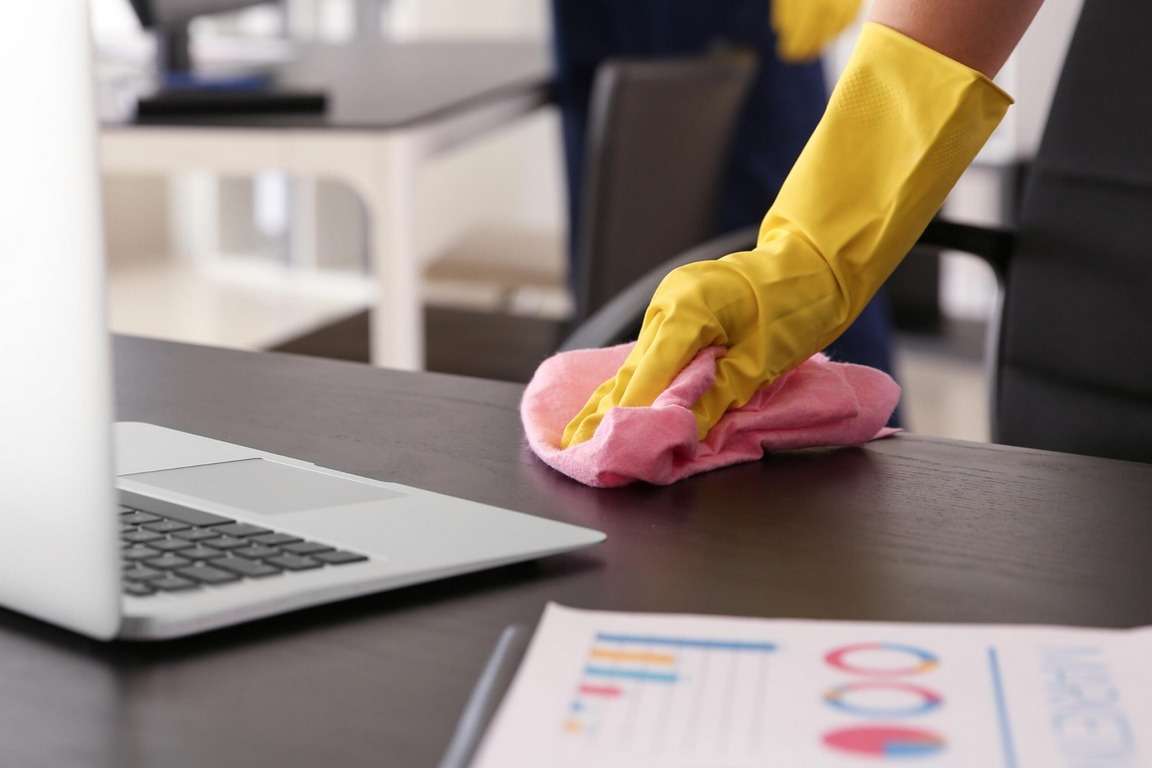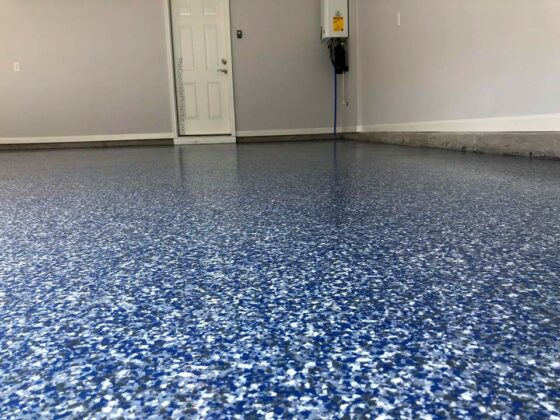Table of Contents Show
In a very short period, COVID-19 has affected the world on a big scale.
The effects of COVID-19 have impacted our lives unprecedentedly and changed the way we work as the virus is still spreading around the world, businesses and organizations are facing problems in the workspaces.

While many companies are moving to remote work, some are willing to work with proprietary systems that require employees and shifts of workers.
As some businesses are opening during the COVID-19 pandemic, maintaining a clean and safe workplace is critical for employees’ health and to fight the spread of this disease.
To help you work through this environment, we’re writing this article so you have the same old work experience, even in the COVID-19.
The first step we can take to stop the spread of this virus is to limit and reduce our use of protective equipment.
The next step is to clean, disinfect, and sanitize the surfaces that may be contaminated. And that’s what we’ll discuss below
Cleaning Versus Disinfection
Now, most people get confused between these two terms and think of them as they’re the same, but they’re not. However, they are completely different and describe two different important steps in sanitation.
1. Cleaning
As its name sounds, cleaning is the act of removing dirt, stain, soil, and other impurities from the surface: For example, wiping spilled food or a coffee stain off a counter with detergent (soap) and water.
2. Disinfection
Disinfection is the act of removing all the harmful micro-organisms, such as viruses and bacteria. For example, wiping the counter with bleach or any other disinfection products.
Cleaning alone isn’t effective and enough to control the virus and its spread.
Disinfection is something that must be done in the workplace to fight the spread of COVID-19, and, since soil and dirt interfere with disinfectant products like bleach, you must clean the surface before you disinfect.
However, if the surface is not soiled or dirty, disinfection alone can be satisfactory.
Besides, there are several different professional cordless portable disinfectant system products available today that combines a cleaner with a disinfectant.
Before you buy one, read the label carefully to ensure it contains a disinfectant with a sufficient quantity.
Read Also:
Areas to Focus On
Cleaning practices to control respiratory infections must include areas where people usually gather, publicly accessible, and where you held meetings with your clients indoors. Here are some indoor areas you should clean:
- reception areas
- waiting rooms
- meeting and conference rooms
- doorways
- lunch and staff rooms
- exam rooms
- hallways
- offices
Make sure you clean all the surfaces and objects in these areas that are commonly touched and used. Ensure they get cleaned and disinfected on a scheduled basis. These would include:
- handrails
- phones
- light switches
- door knobs
- armrests on chairs, top, and bottom
- computer keyboards
- desktops
- desktop mouse
- table tops
- laptops
- counter-tops
- toilet paper dispensers
- toilet flush handles
- bathroom stall latches
- liquid soap dispensers
- paper towel dispensers
- hot air hand dryers
Other Surfaces and Areas
Other surfaces and areas that are rarely used, touched, or accessed (for example, cosets, walls, floors, storage rooms, etc), should also get cleaned and disinfected on frequently.
Use Proper Cleaners and Disinfectant Systems
If you just going to do cleaning, a simple detergent or soap and water will work on every surface. Starting with ones that are more dirtier and visible – and wash and wipe these surfaces thoroughly.
Before you start, pay close attention to high-touch areas rather than what type of soap you’ll use for cleaning. It doesn’t matter much that what type of product you’re using while cleaning.
But, when it comes to disinfecting, the goal is to reduce the germs completely from on the surface.
For hard and non-porous surfaces, choose a professional cordless portable disinfectant system to completely get rid of the bacteria and germs.
For electronics such as mobile phones, tablets, keyboards, remote controls, touch screens, ATMs, and more—use an alcohol-based wipe or a spray that includes at least 70% alcohol.
For fabrics, wash them on appropriate warm water and dry them completely. (Sunlight and heat both reduce the time that SARS-CoV-2 stays on a surface or an object.)
Be sure you also clean and disinfect the carts or hampers that carry the laundry. It won’t do any good if you wash some sheets and then put them back into a contaminated cart or hamper.
So, you’re finished with the cleaning and disinfection, well, there some more you need to do. Here are some steps you can take to keep your office safe.
Back in the Office? Follow These Steps to Keep You and Your Office Safe
If you’ve feel working from home is a preventative measure, it’s the best time to get back in the office and take the hygiene practices and solutions that can help you reduce the spread of viruses. Some ideas include:
- Increase the availability of disinfecting wipes and hand sanitizers (that contain at least 70% alcohol), and make sure everyone in the workplace knows how to use them effectively. In addition to that, quality and germ-killing unscented lotions around the office will keep everyone’s hands clean and prevent them from drying. Encourage everyone in your office to regularly uses them.
- Make sure you continue to improve your office cleaning and disinfecting procedures to reduce the occurrence of germs and bacteria and fight against the spread of viruses in the workplace.
- Where possible, try not to touch the reducing amenities, such as motion sensor lights, double-swinging push doors, and other hands-free amenities that can help in reducing germs in high-traffic areas.
- If your workplace offers flexible seating and people share desks, require everyone to clean theirs equipment, workstations, and surfaces as soon as they move to a different spot.
Conclusion
When you reach aware of the cleaning, disinfection, and sanitizing process, you don’t have to worry about the spread of viruses at the workplace.
By implementing these guidelines, you can confidently help your employees fight through these challenges of this global public health issue.









